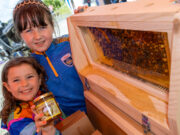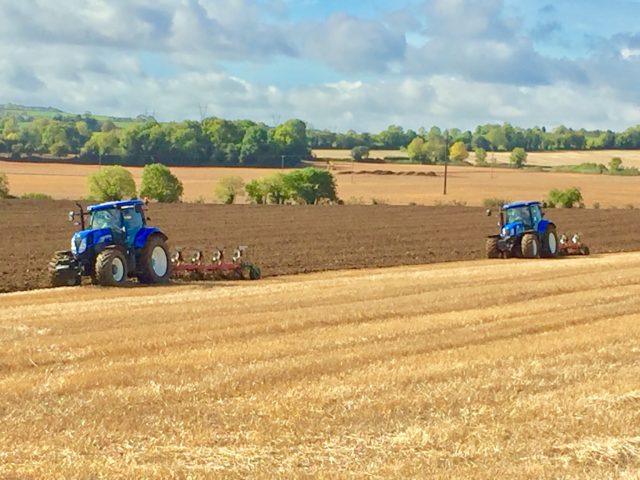The tillage farming season will soon kick into gear for 2018 once we get some settled weather and conditions to allow land work to commence.
With little or no spring cropping land ploughed, it’s looking like ploughing and sowing of spring crops will run close together.
While having land ploughed to avail of frosty conditions to break down soil, is an advantage at sowing time, having exposed ploughing to incessant rain, may cause some nutrient leaching which isn’t good.
Now is the time to make choices on spring cropping, if not already decided. While spring Barley will account for a considerable amount of this acreage there is certainly a lot more focus on other crops.
Beans have exploded in area since the protein scheme kicked in, and shows how, with a bit of encouragement we can work towards being more self sufficient in protein production in Ireland while replacing imports.
Spring Oilseed rape production for seed is another, albeit niche crop, that’s a possibility in the mix aswell as regular spring rape. Seedtech are looking for seed growers at moment, so it’s worth looking into.
Spring Oats are definitely a runner, but best to secure a buyer upon buying seed. Oats perform really well yieldwise, in our weather conditions and can withstand wet conditions better than barley. Straw can be a bit trickier to get baled, but overall Spring Oats is a good option.
Spring wheat acreage has reduced over the years with difficulty around achieving the quality required, late harvesting and lower yields. More work needs to be done to see a resurgence in the acreage of this crop.
Malting Barley should be the shining light among spring crops with the growing demand in the Brewing and Distilling industry. It beggars belief that with all this demand, the buyers simply won’t pay enough for the grain.
To price a top quality grain at animal feed prices, that meets all requirements for traceability and purity that the industry requires, is ridiculous.
Farmers are moving away from Malting Barley for this reason, as feed crops are easier to manage and returns are similar and in the case of winter crops much better. If the drinks industry want Irish Grain into the future they will have up their game and pay a lot more.
Looking at the recent Teagasc figures, Beet production for feed was producing the highest returns for tillage farmers and while you would be better with a definite buyer for your crop when harvested, it may be an option.
A full return of the beet industry to Ireland was talked about at the very well attended Irish Grain Growers meeting in Bunclody recently. We will have to wait and see how the return of this industry would work and how it would be structured.
Most tillage farmers are subject to the three crop rule so generally speaking most farmers will have some Spring crops in the mix.
Farmers are definitely looking at all the options available more than ever. With reducing tillage acreage, due to the growth of the dairy industry, and poor returns, there will be increasing demand for tillage crops and with it increased prices will have to follow, to secure those crops.
Availability of straw for feed and bedding is fast becoming a concern with the reduction in acreage. Straw supply will become very important and will have more influence on decision making in the future as importation to meet a shortfall is not a runner.
SEE ALSO – Colm Fingleton: More research needed if we’re to be serious about producing distilling barley






















